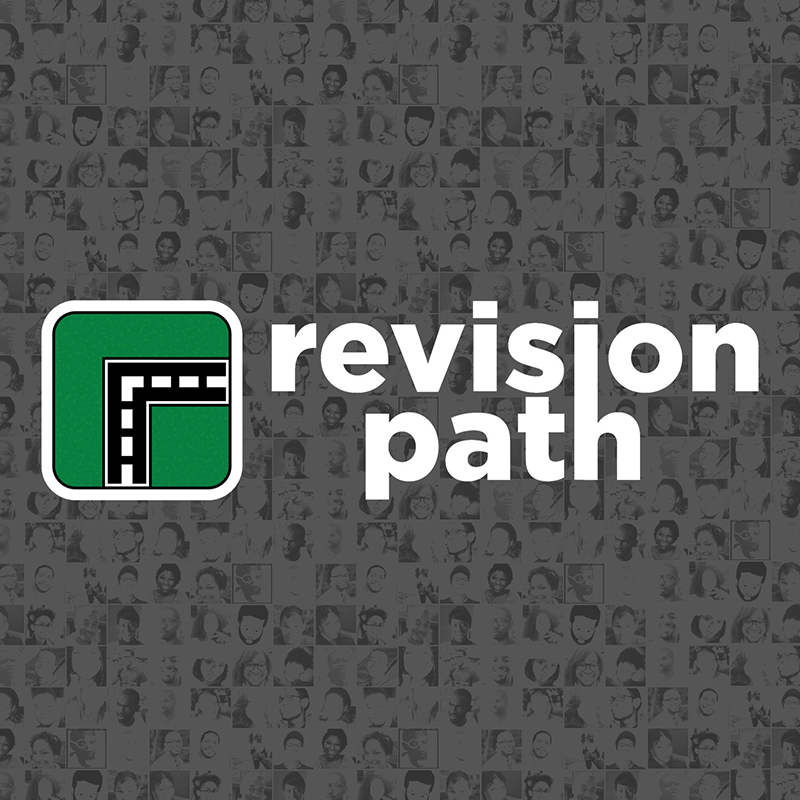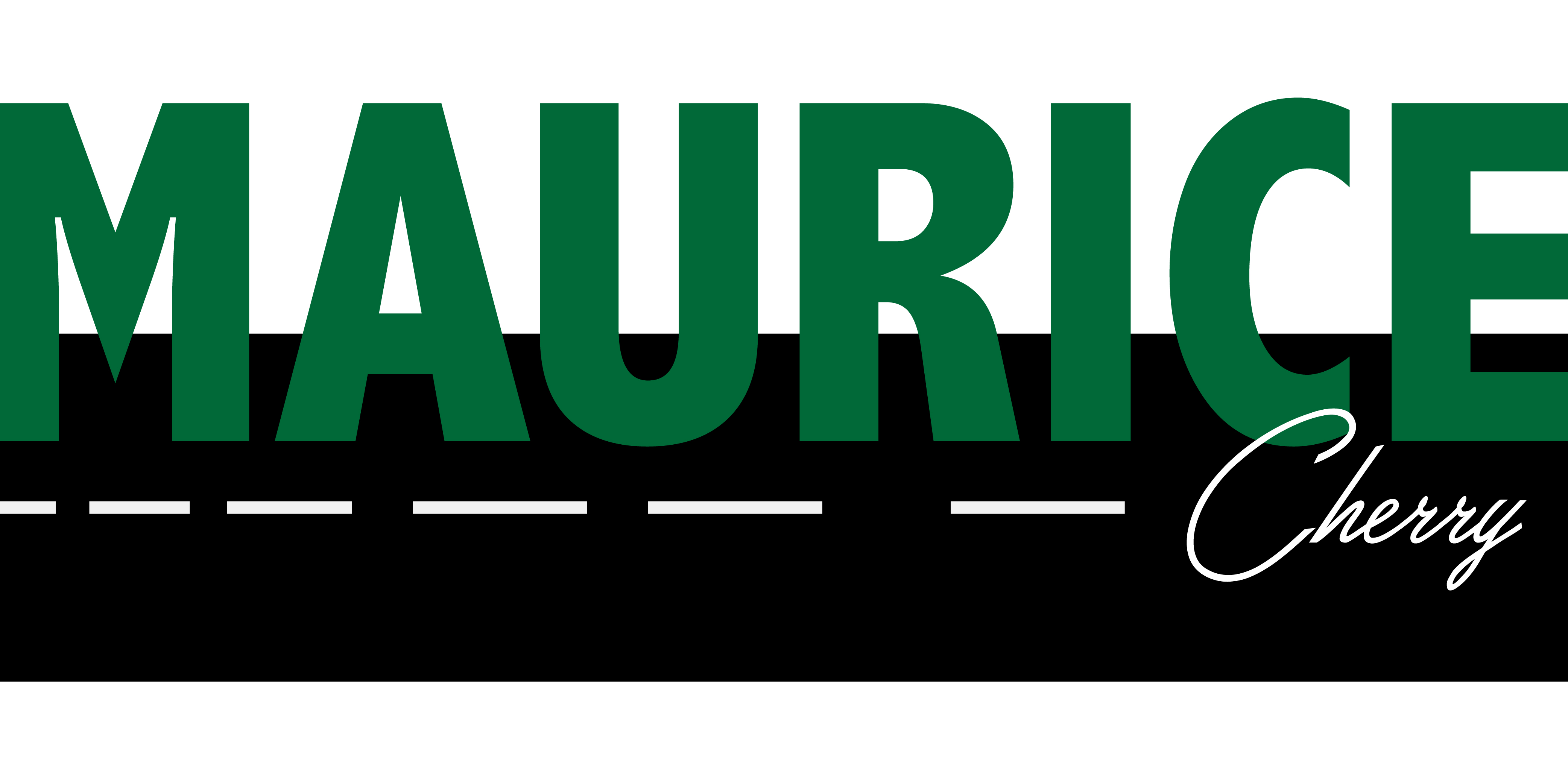
2018 Steven Heller Prize for Cultural Commentary recipient Maurice Cherry talks design education, diversity in design, his advocacy work, and personal inspirations.
For the second year, AIGA, the professional association for design, has awarded The Steven Heller Prize for Cultural Commentary: this year to Allison Arieff and Maurice Cherry. This prize recognizes writers who best exemplify the tradition of prolific writing and boundless curiosity established by designer and wordsmith Steven Heller, who has contributed and inspired engaging commentary about design and culture for the past three decades. (Not to mention, he’s a frequent Design Observer contributor.)
Fellow designer and AIGA Diversity & Inclusion task force member Nakita M. Pope spoke with Maurice Cherry, creator of the well-known, award-winning podcast Revision Path and the annual 28 Days of the Web project (among others) about design education, diversity in design, his advocacy work, and personal inspirations.
Next week, fellow recipient Allison Arieff talks to AIGA director of strategic initiatives Laetitia Wolff.

Nakita M. Pope: You’re celebrating Revision Path’s fifth anniversary and over 200 episodes. They say that necessity is the mother of invention. What gap did you feel Revision Path could fill in the market?
Maurice Cherry: What I felt was missing was recognition of our presence within the design industry. So often in design media, the people who end up being profiled or speaking at conferences tend to be the same seven or eight dozen people. That also applies to those who win and judge design awards. Starting Revision Path was a way for me to not only show that we exist in the industry but also to give us more visibility and inspire others in the industry.
NP: Do you feel the lack of representation has improved for speakers at conferences, awards, and the judging of competitions?
MC: No. I don’t. There have been shifts in the industry which give the appearance that the lack of representation has changed. Five years ago, there certainly weren't as many smaller multi-day design events. So there's certainly an increase in the smaller events which give people more opportunity to speak. However, those events are not branching out past a handful of people of color that they know instead of seeking out other voices. When conferences are looking to diversify, they are only going to people who might be more experienced speakers with impressive pedigrees.

NP: What do you think is missing from the perspective of the people who choose these speakers?
MC: I think it's just that: perspective. With ticketed events, they're trying to bring in people that already have an audience. They want someone who has some kind of cachet or whom people already know because it might make it an easier sell for the event. However, if you're only focused on popularity, you're missing the perspective that someone might bring who may not be super popular but has a great story to tell or does great work and needs a platform to showcase it. It would also help bring in different audiences.
NP: In your opinion, what is the biggest impact that Revision Path has had on the design community at-large?
MC: The biggest impact is simply showing that these designers are here. My guests are enabled to have a space where they can really talk about what they do in their own words and aren’t filtered through a third-party or employer. They're telling you what they’re passionate about, and that is very rarely afforded to Black creatives. Oftentimes, Black creatives are miscategorized as being too eccentric or that they don't have everything together. We don’t often get to have that space where we can just be ourselves.
I try my best to be the conduit and just hold the microphone for my guests on Revision Path. I don’t want to put forth my own agenda or put words in anyone's mouth. I just see where the conversation goes. Sometimes it’s the first time a guest has talked about the work they do, why they do it, what inspires them, and why they continue to do it.
I've had people write me and said they got a job offer because a company heard their interview and reached out to them. I consider it a success story when guests meet up with each other as well.
Black creatives aren't just around in February. We shouldn't be stereotyped or pigeon-holed into opportunities where we aren’t given the resources to shine.NP: What do you want people to know about Black creatives?
MC: I want people to know that Black creatives are not just around in February. We are here all year. Our work is diverse. We don't want to be asked to "urbanize" your design. We shouldn't be stereotyped and we certainly shouldn't be pigeon-holed into opportunities where we aren’t given the resources to shine.
How are we going to find the next generation of design voices and chronicle their work? Are they just going to be cultivated from the current design voices? Are we just going to keep talking to the current design voices until they die out, and even then still talk about them and canonize them? I think we already see that a bit. Black designers are designers. Period. We are worthy of being interviewed, employed, and recognized. We can do the work. We just need the opportunities.

NP: How have your passion projects impacted your career?
MC: My journey with Revision Path has certainly been bittersweet. When I started the podcast in 2013, I had my own design studio called Lunch. Even though I was consistently reaching out to the design community, these weren't things which were directly feeding my business. If I was getting design gigs from it, it was for small projects that didn’t have big budgets. However, Revision Path opened up the opportunity to consult with companies about diversity and inclusion for their products and design teams.
I got to the point with my studio where I was ready to wind down and look for something more stable, but the podcast meant nothing in terms of getting hired anywhere. People looked at the experience that I had but thought I couldn’t do the job or didn’t want to pay me what I was worth. Now I have a wonderful job that I’m very grateful for. I take solace in the fact that I've been able to build this platform and that after five years it seems to be one that is still needed.
NP: You were one of the committee chairs of AIGA’s Diversity and Inclusion task force and now you're on the nominating committee for the AIGA national board of directors. Would you suggest other designers of color get involved in AIGA?
MC: I have always said that AIGA is only as strong as its weakest chapter. Members have different experiences with the organization, and I think that is largely due to the chapter that they are in. In some chapters, there are lots of opportunities for speaking, networking, collaboration, and working directly with the board and in others there are not. I feel like whenever you're dealing with boards there can often be internal politics and things that you might not be aware of that could affect your relationship with them. If you are near a local chapter and want to get involved, you definitely should.
For any Black designer who is interested in joining AIGA, really look at the board of your local chapter. See what they are doing in the community and see how that makes you feel as a designer. Do you feel included, appreciated, and recognized? Do you feel like you are represented? I know that AIGA often says if there's something that you want to see, get involved. Is that something that we really have to do? Look at whether they are just doing things to keep the members that they have, or if they are speaking to the design community as a whole. Talk to the people in your chapter and see if they'll talk to you before you get involved.
NP: I know that you've had a few students reach out to you about your work with Revision Path. What kind of feedback have you heard from design students?
MC: Design students generally find Revision Path when they are doing research for papers, theses, or dissertations. I always ask them, especially those enrolled in a design school, if they are learning about Black designers. Usually the response is no—not even during Black History Month, if you can believe that. Maybe they don't have any Black faculty or their work is not part of the curriculum.
There’s a general dearth of knowledge about Black designers and our contributions. These students are glad when they find Revision Path because otherwise they don't see people who look like them doing great work in their design programs. Some students write to say they are the only Black person in their class or in a particular discipline, so they feel lonely. When they find Revision Path, they know that they are not alone.
Some students write to say they are the only Black person in their class, so they feel lonely. When they find Revision Path, they know that they are not alone.NP: Whose work are you inspired by right now?
MC: I'm still inspired by my friends like Sarah Huny Young and Husani Oakley.
As I've gotten older, my priorities have changed and my definition of success has changed, so the things that motivate me now are different. I'm motivated by anyone who is able to continually put out great work for an extended time. I just recently met Steven Heller at a design event. He's written over 180 books in his lifetime. It's crazy to have that level of dedication and still have things to say!
I'm also really inspired by those who are representing for African American culture, like Issa Rae. The breadth of work that she has been able to create on the web, through podcasting, and on TV is powerful. I love what Ava DuVernay and Ryan Coogler are doing with these multi-million dollar budget films that millions of people are going to see. That level of creativity at such a large scale and output inspires me.
Black people tend to be defined by constraints. However, being able to thrive and persist without boundaries is what Black excellence is about.NP: I consider Issa Rae, Ava DuVernay, and Ryan Coogler to be Black excellence. What is Black excellence to you?
MC: To me, Black excellence means the freedom to thrive without boundaries. So often, Black people tend to be defined by constraints. We're getting paid less, we're working with less, and we're able to make more out of less—which is a skill. That is our superpower. However, being able to thrive and persist without boundaries and not let it hold you back is what Black excellence is about.

